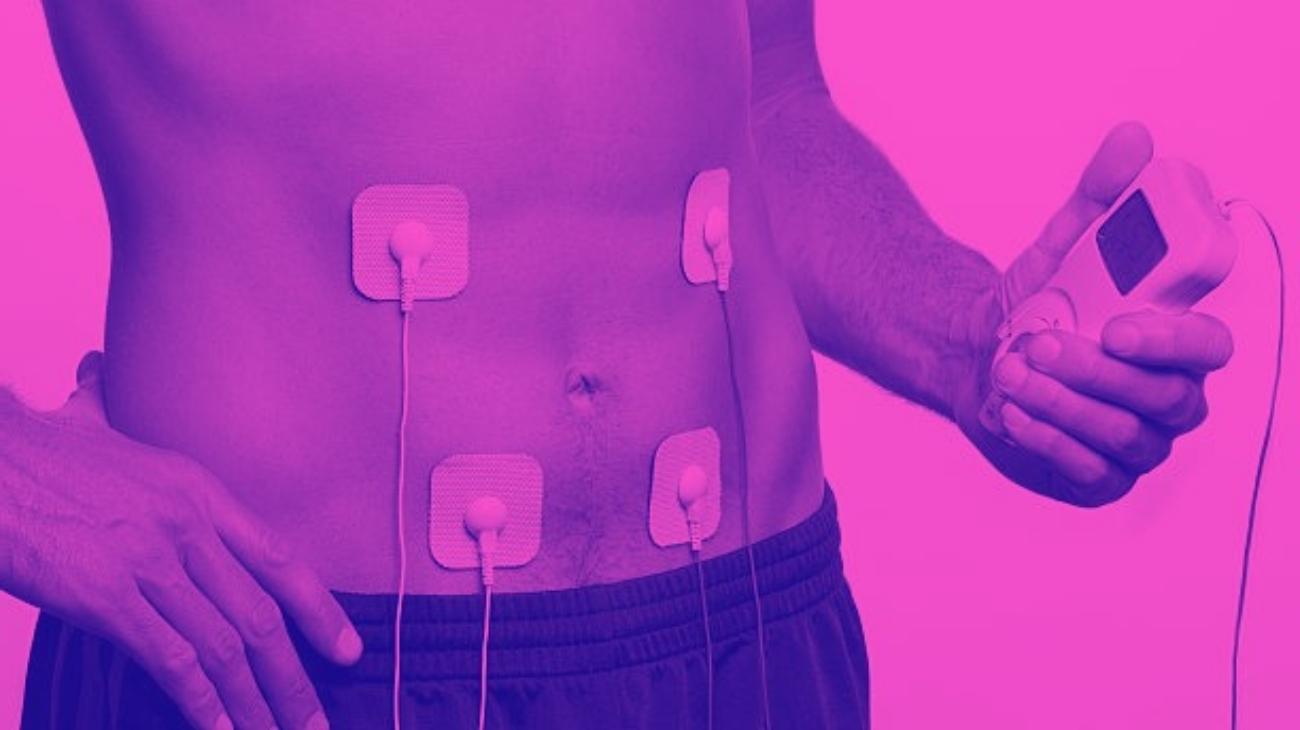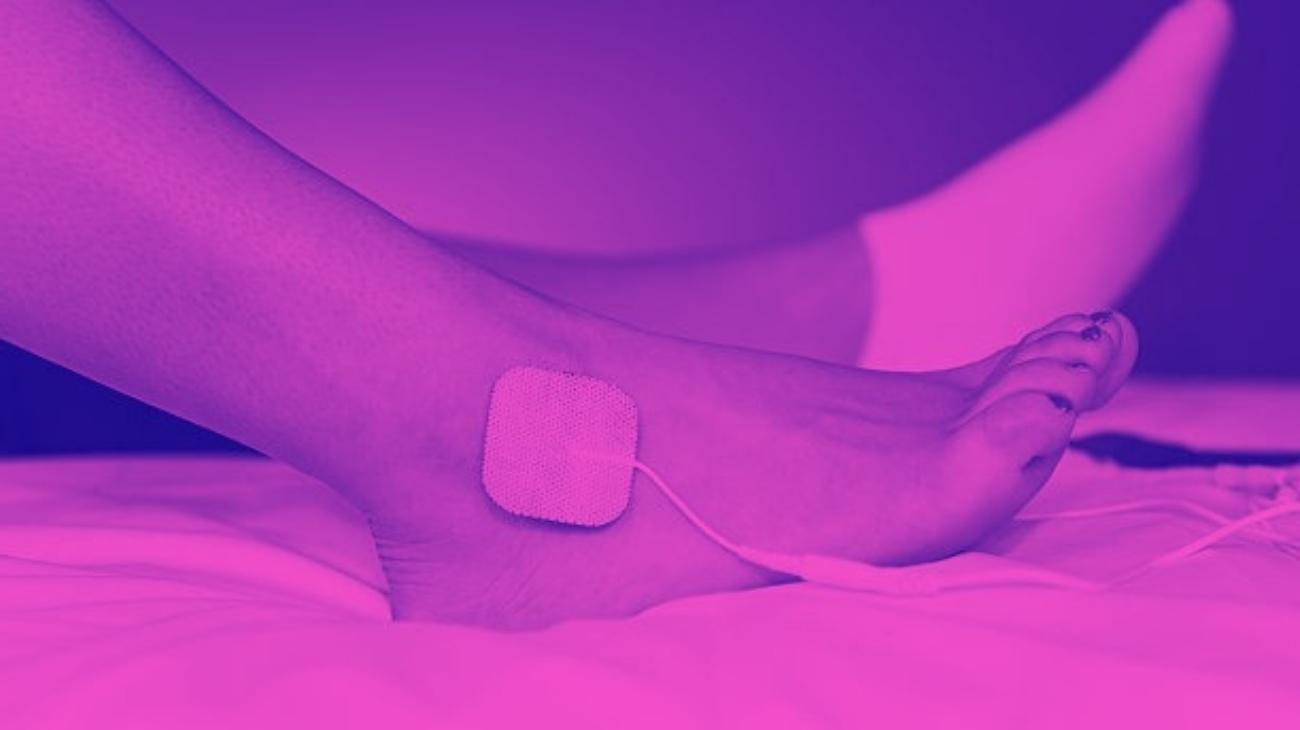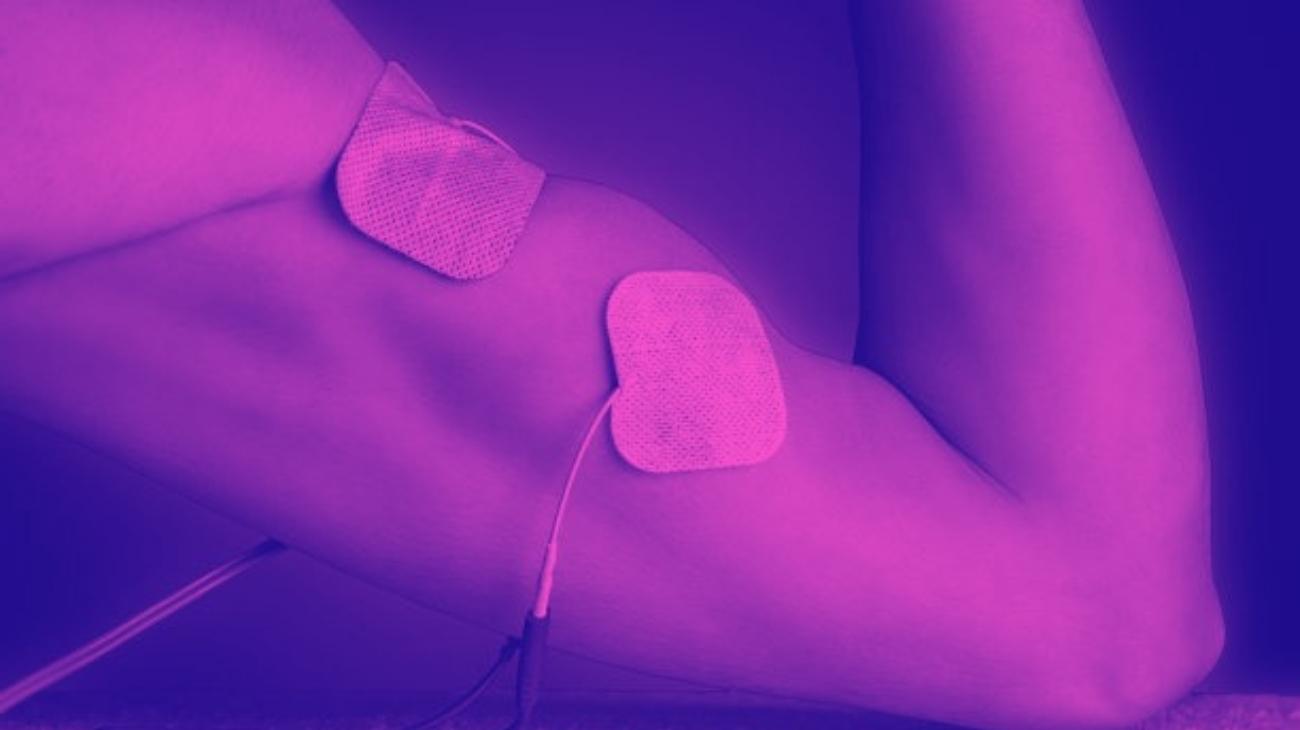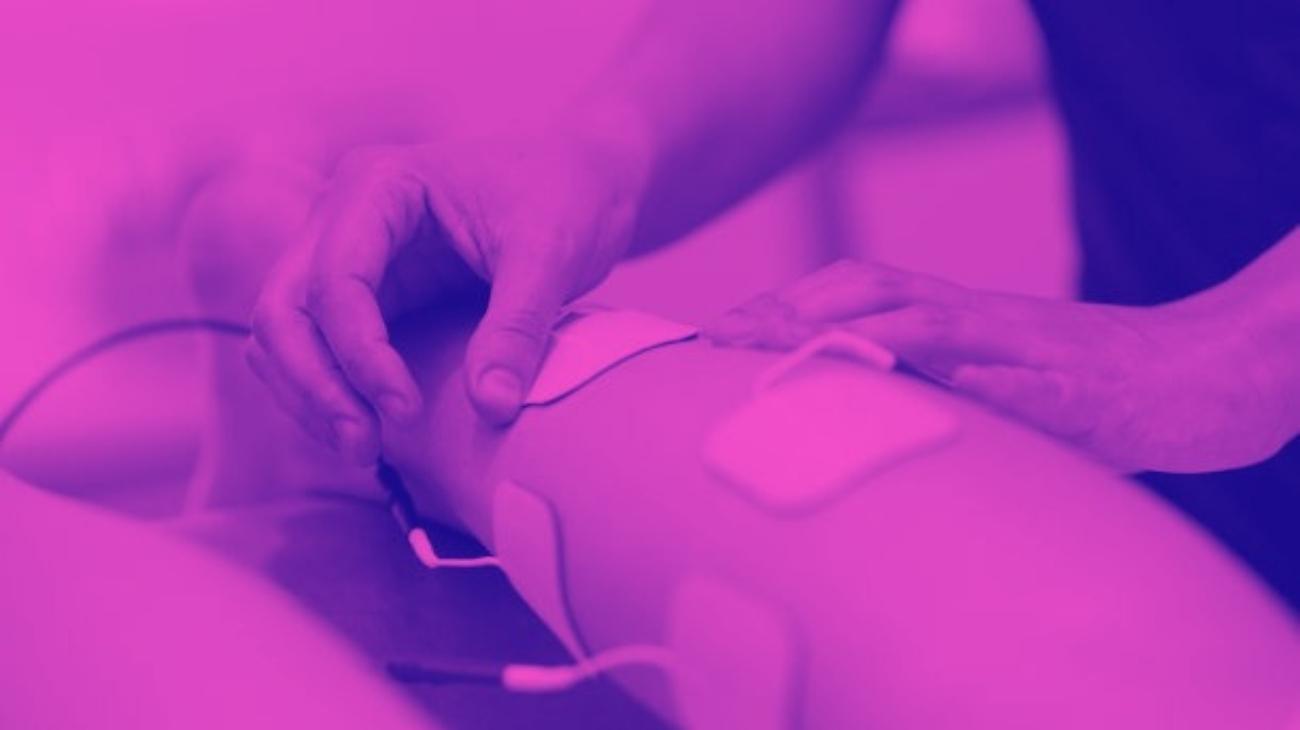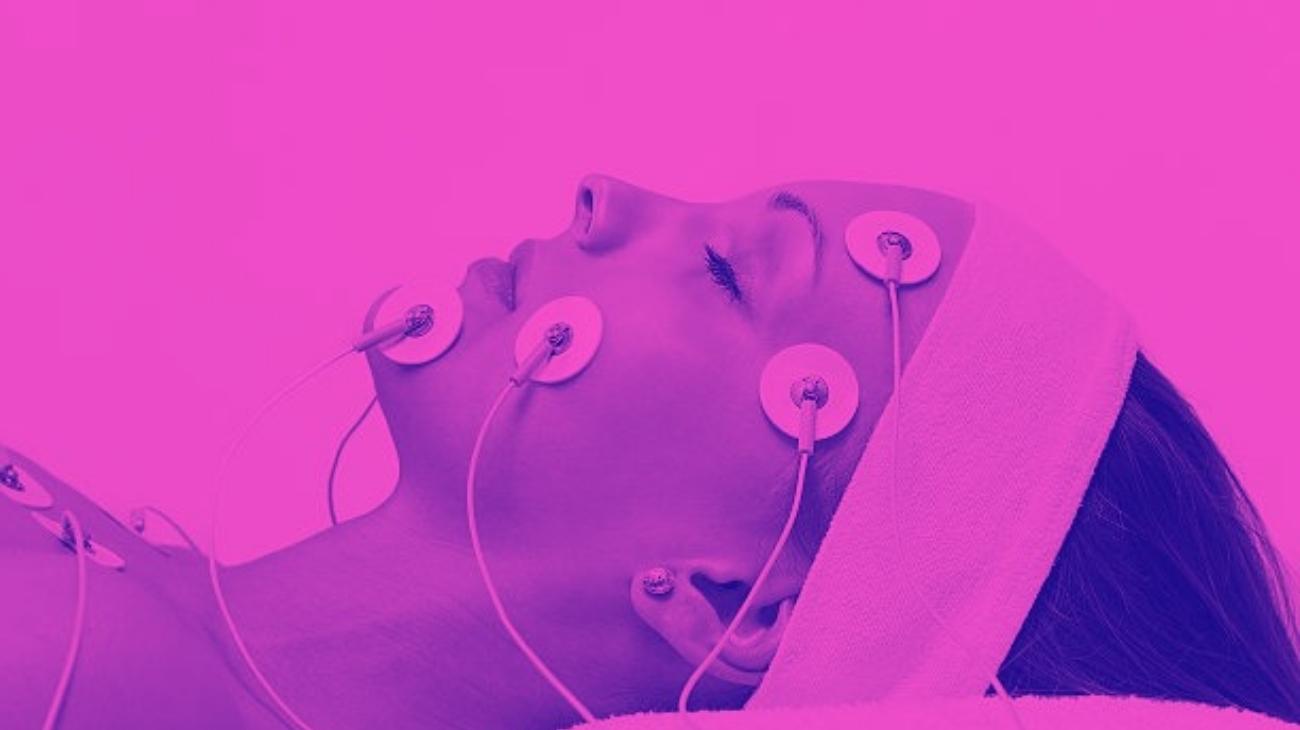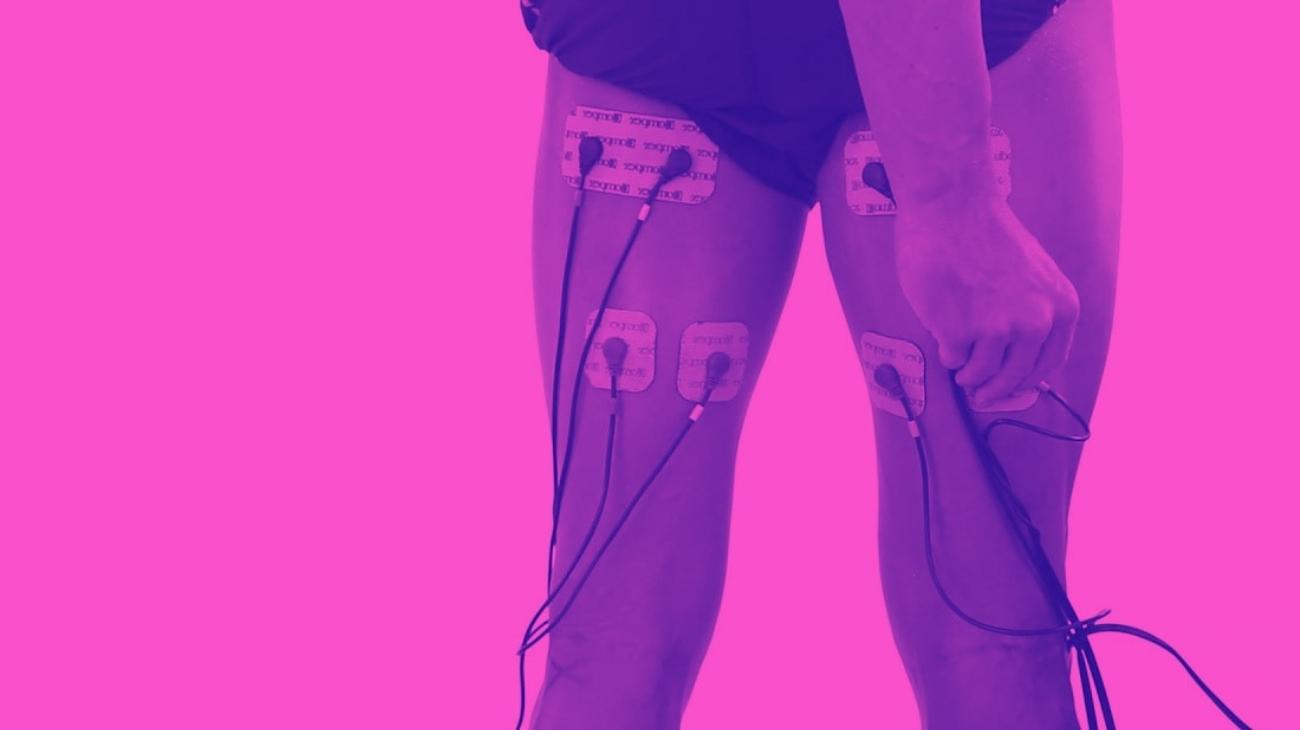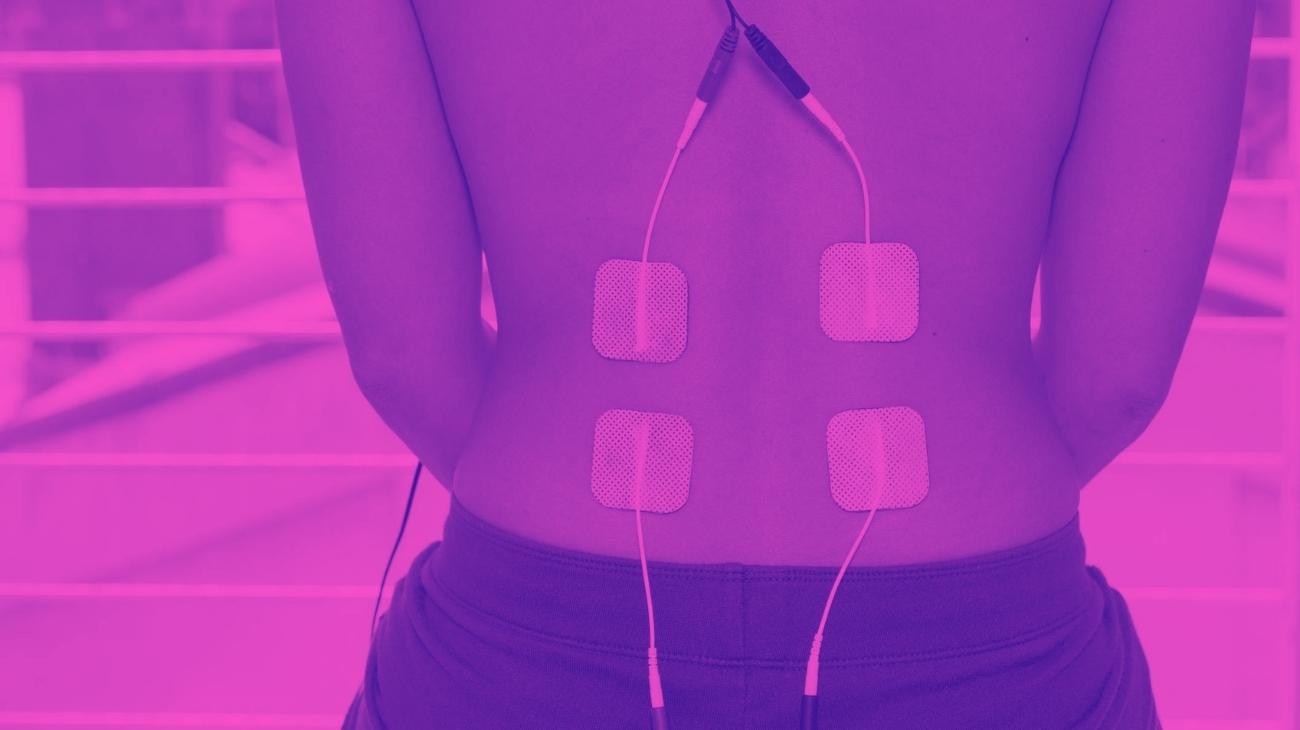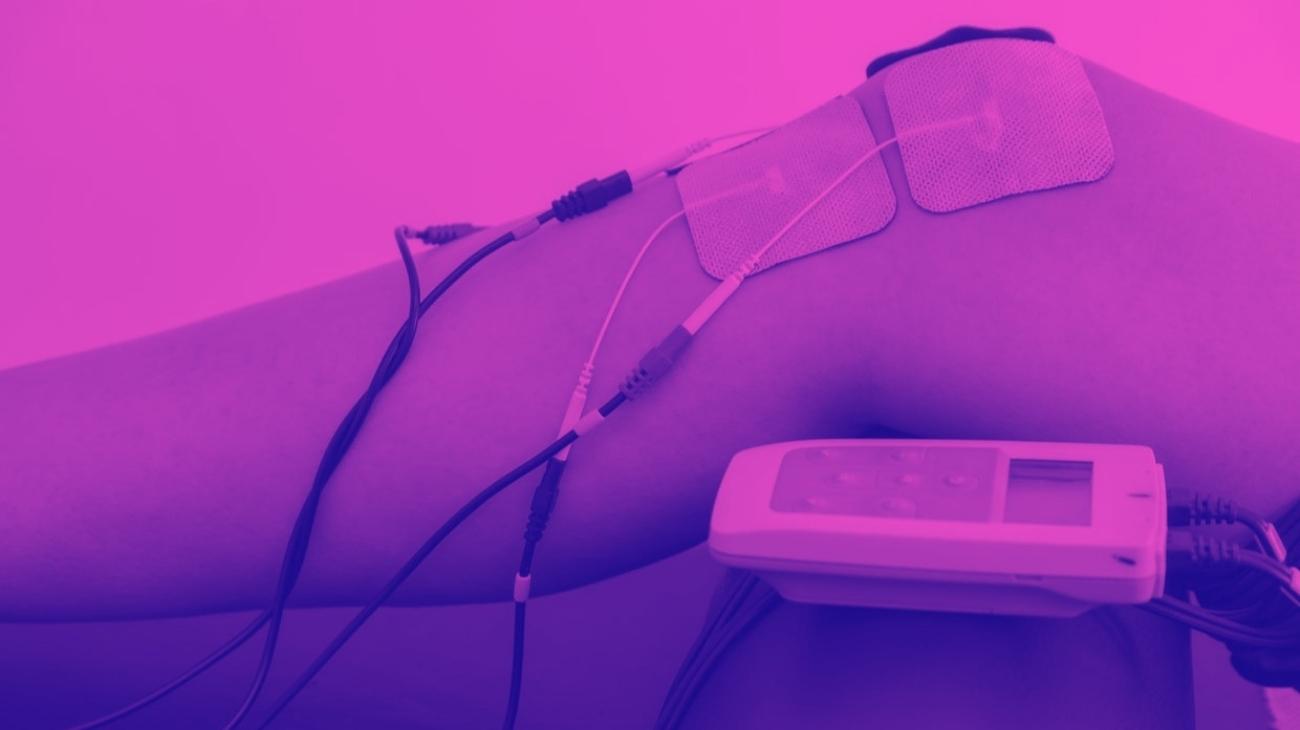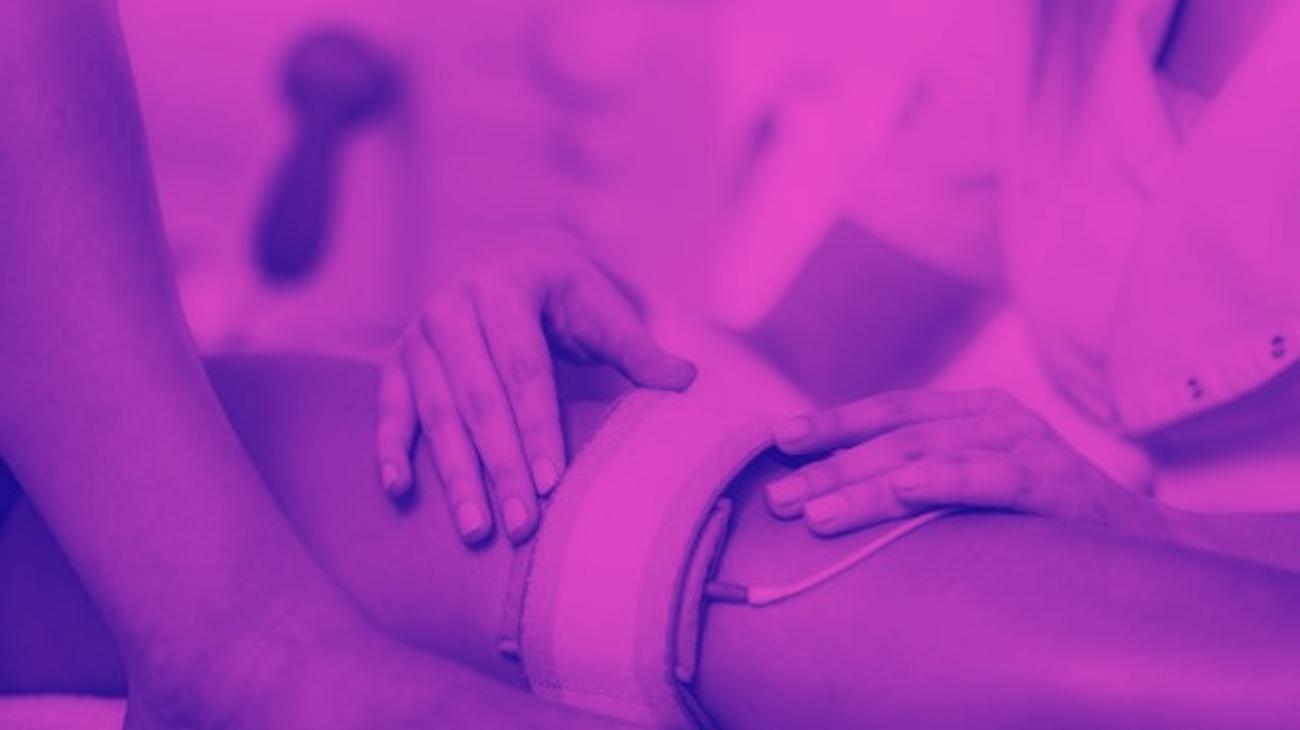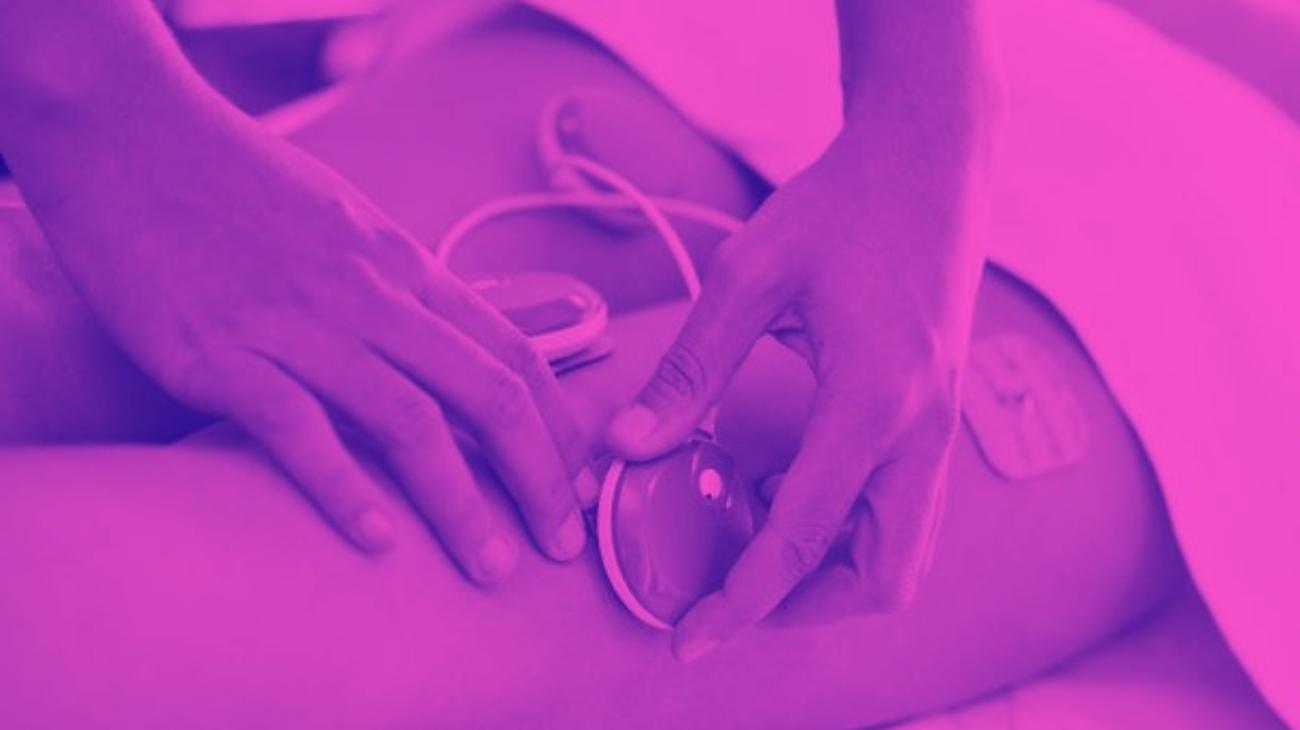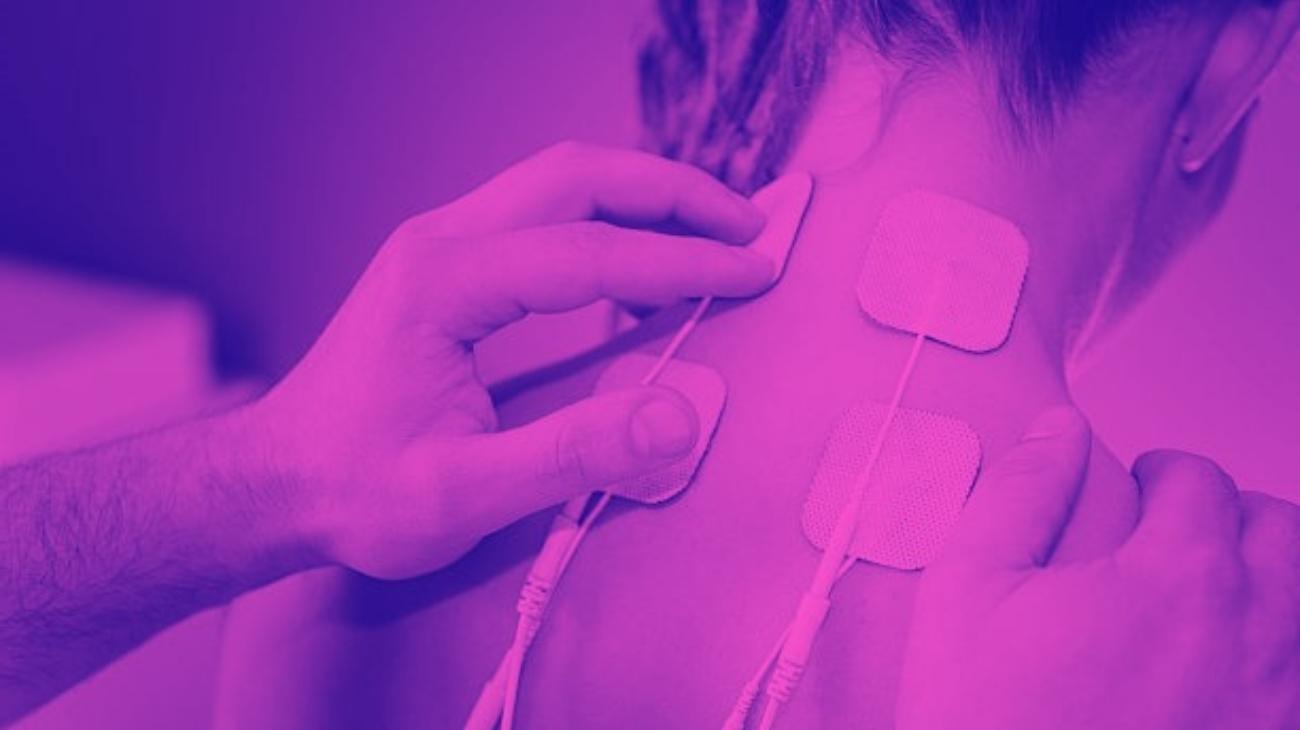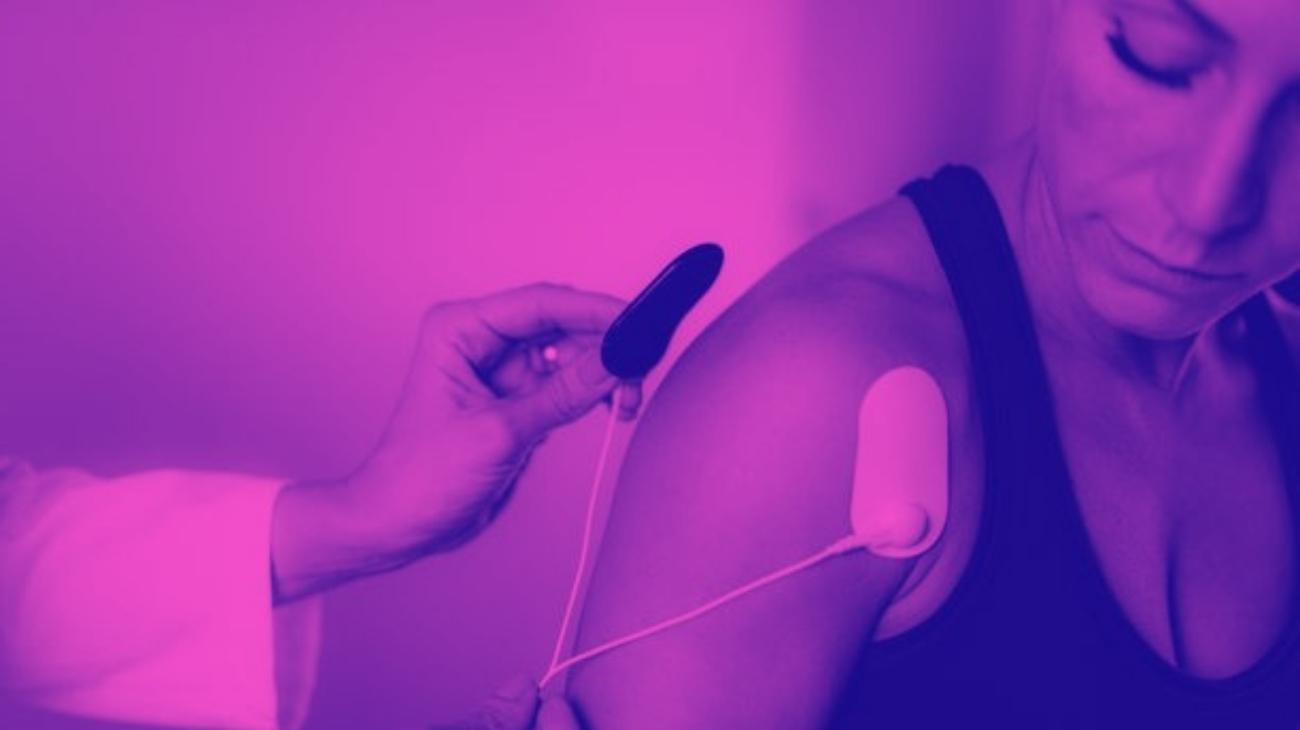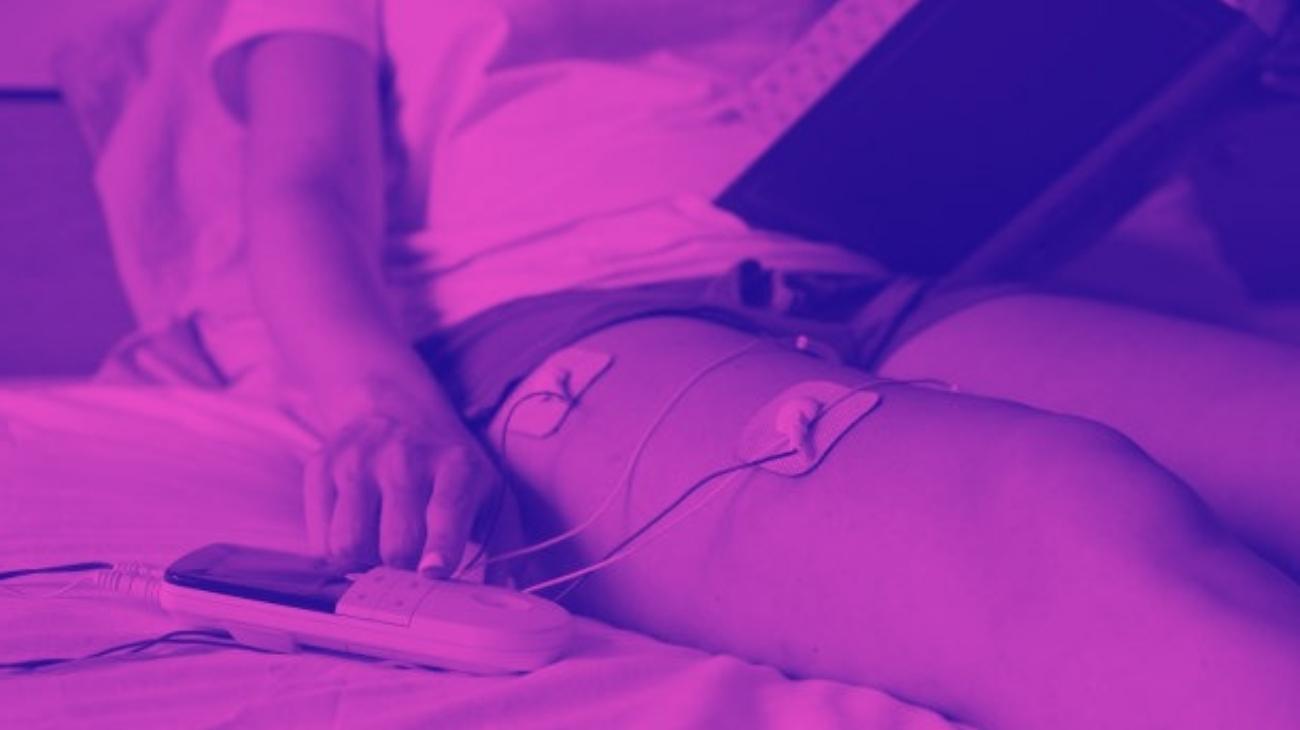- How to use a TENS machine to relieve wrist and hand pain?
- Best TENS machines for Wrist Injury Recovery
- How to use an EMS muscle electro stimulator for the wrist?
- Best EMS electrostimulators for strengthening the wrist joint
- Video: How to place electrodes pads on the hands and wrists?
- More types of EMS stimulators and TENS machines you should know about
- Most common types of hand and wrist injuries
- Differences between TENS and EMS: Which one to use for hand pain?
- Contraindications in the use of electrodes and electrotherapy
The wrists are among the most used joints, and are vital for performing daily tasks, as well as for sports performance in disciplines such as tennis, basketball and boxing.
However, lacking mostly muscular structure, the wrists, and consequently the hands, are very vulnerable to injury. For this reason, it is necessary to be aware of the ways in which TENS and EMS electrical stimulation therapies can help you deal with hand and wrist injuries and the pain they cause.
How to use a TENS machine to relieve wrist and hand pain?
The use of TENS units is widely recommended for the treatment of pain, athletes and people with chronic ailments in muscles and joints. This therapy has a great number of benefits, among which we can highlight the following:
- Increased pain resistance: pain receptors located in the wrist joint are directly affected by the electric shocks, causing a feeling of relief during the course of the session.
- Numbness of nerve endings: clusters of nerve endings, located around the joint, are suppressed, limiting the patient's sensation of pain.
- Increased blood flow: the electric current applies heat directly to the joint, causing vasodilatation which increases blood flow and generates a considerable decrease in pain.
- Relaxation in the fibrous tissue: tension in the ulnar collateral, radial collateral and radiocarpal ligaments is considerably reduced, relaxing the wrist involuntarily and reducing pain.
The benefits of transcutaneous electrical nerve stimulation can be applied to a variety of ailments, both acute and chronic, although it is necessary to emphasize the fact that this therapy is a way to treat the symptoms of various ailments, not to cure injuries. Be sure to consult a specialist for recommended therapies for the treatment of any ailment.
Best TENS machines for Wrist Injury Recovery
The effectiveness of these therapies has led to the creation of a wide variety of devices, which you can purchase and use to treat the symptoms of a wrist injury, for this, you can use some of the following devices:
- Type: TENS
- Channels: 1
- Modes/Programs: Not specified
- Intensity: Not specified
- Wireless: Yes
- Heat Therapy: No
- Battery: Not specified
- Electrodes: 1 Pad
- Display: No display
- Size: 6.22" x 1.42" x 3.27"
- Improves joint mobility
- Improves blood circulation
- Accelerates recovery from sports injuries
- Reduces pain symptoms
- Wireless electrodes
- No intensity levels specified
- Does not specify weight
- Not for muscle hypertrophy
Its efficient use of TENS technology allows it to block pain signals before they reach the brain, making it a safe method of treating ailments. It also has a long-lasting lithium battery and an energy-efficient function, which turns the device off every 20 minutes. One of the best devices on the market in terms of portability, discretion and functionality.
- Type: TENS
- Channels: 2
- Modes/Programs: 6 Programs
- Intensity: Not specified
- Wireless: No
- Heat Therapy: No
- Battery: Rechargeable Lithium (up to 20 hours)
- Electrodes: 8 electrodes
- Display: Digital
- Size: Not specified
- Includes user manual
- Accelerates recovery from sports injuries
- Portable and small size
- Long battery life (up to 20 hours)
- Includes carrying bag
- No intensity levels specified
- No heat therapy
- Does not specify dimensions and weight
It has 6 modes of use that emulate different types of massages to achieve different objectives, along with 10 levels of intensity that provides greater effectiveness. The package includes 1 control, 2 large electrodes, 2 small electrodes, 2 guide cables, 1 user's manual, 1 cable case and 1 treatment guide.
- Type: TENS
- Channels: Dual
- Modes/Programs: 24 Modes
- Intensity: 20 Levels
- Wireless: Yes
- Heat Therapy: No
- Battery: Rechargeable Lithium (up to 20 hours)
- Electrodes: 10 Pads
- Display: Touch
- Size: 5.12" x 2.56" x 0.39" - 0.35 lbs
- Portable and small size
- Includes carrying bag
- Long battery life (up to 20 hours)
- Accelerates recovery from sports injuries
- Reduces pain symptoms
- Not for muscle hypertrophy
- Does not include user manual
- No heat therapy
It has 24 modes of use and 20 intensity levels that can be applied in isolation to each of the device's channels thanks to its dual channel function, allowing different therapies to be applied to separate areas of the body. In addition, it has a session timer mode and automatic shut-off that will allow you to give greater efficiency to your sessions and make better use of the energy of its high-capacity lithium battery.
- Type: TENS
- Channels: Dual
- Modes/Programs: 20 Modes
- Intensity: 20 Levels
- Wireless: Yes
- Heat Therapy: Yes
- Battery: Rechargeable Lithium (up to 10 hours)
- Electrodes: 8 Pads
- Display: Digital
- Size: 4.12" x 2.24" x 0.43" - 1.54 lbs
- Reduces pain symptoms
- Rechargeable battery
- Includes user manual
- Portable and small size
- Includes carrying bag
- Not for muscle hypertrophy
- No heat therapy
- No touch screen included
It has 20 modes of use that apply different types of massages oriented to treat a wide variety of ailments, and with its independent channel control mode you will have the possibility of configuring different programs for each of the channels individually, to apply different types of massages in various areas of the body.
- Type: Combo
- Channels: Dual
- Modes/Programs: 12 Modes
- Intensity: 20 Levels
- Wireless: Yes
- Heat Therapy: No
- Battery: Rechargeable Lithium
- Electrodes: 6 Pads
- Display: Touch
- Size: Not specified
- Includes user manual
- Improves blood circulation
- Accelerates recovery from sports injuries
- Rechargeable battery
- Portable and small size
- No carrying bag included
- No heat therapy
- No battery life specified
Its dual channel function allows you to treat multiple areas of the body simultaneously, and its easy to use mode allows you to set the massage modes without any problems. It has a timer that you can set up to 60 minutes, and an LCD display that allows you to visualize all the procedures very easily.
How to use an EMS muscle electro stimulator for the wrist?
While EMS therapy is widely used in certain disciplines to improve grip strength, the reality is that it has no effect when applied directly to the wrist, due to the lack of muscle tissue in this region.
In fact, the impulses provoked by these devices can be detrimental to the integrity of the joint if it is in the process of recovery, so its direct use on the wrist is not advisable.
With this in mind, muscle electrostimulation can be used to strengthen the muscles of the forearms, which provide mobility to the wrist and grip strength for the hand, such as the palmaris longus muscle, the common flexor of the fingers and the pronator quadratus.
The benefits these muscles can receive from EMS therapy are:
- Increased grip strength: increased finger flexor muscle strength will increase finger strength, allowing you to grip and control weights in your training routine.
- Increased flexibility: the muscle contractions caused by EMS therapy increase the flexibility of the muscle being worked, which translates into a greater range of arm extension.
- Reduced stress on elbows and wrists: increased strength in the brachioradialis, flexor carpi ulnaris and common extensor digitorum allows for an even distribution of stress, reducing the impact on the elbow and wrist.
- Increased motor skills: the overall increase in muscle strength in the forearm area improves coordination, leading to increased dexterity and skills such as writing or carrying heavy objects.
Best EMS electrostimulators for strengthening the wrist joint
The range of benefits offered by EMS stimulators for hands and wrists is quite wide, and while their focus is not on treating joint pain, it is possible to use them for conditioning muscles such as the brachioradialis, pronator teres and common extensor digitorum, which are indispensable for hand and wrist mobility. The best muscle electrostimulation devices to choose from are the following:
- Type: Combo
- Channels: Normally 2 (Dual)
- Modes/Programs: 6 Programs
- Intensity: Not specified
- Wireless: Yes
- Heat Therapy: No
- Battery: Rechargeable (7 hours of use)
- Electrodes: 2 Pods and 6 electrodes
- Display: Smartphone
- Size: Not specified
- Reduces pain symptoms
- Portable and small size
- TENS+EMS Combo
- Wireless electrodes
- Rechargeable battery
- Size and weight not specified
- No intensity levels specified
- No heat therapy
It has a rechargeable battery that can provide an autonomy of up to 7 hours per charge, 6 unique training programs focused on different branches of fitness to help you achieve your goals, and compatibility with your mobile for easy use. It is recommended for those physically active people looking for a compact, portable and natural way to deal with workout-related ailments.
Hi-Dow - Dual channel TENS/EMS unit for physical therapy with 8 modes & 20 intensity levels & 4 pads
- Type: Combo
- Channels: Dual
- Modes/Programs: 8 Modes
- Intensity: 20 Levels
- Wireless: Yes
- Heat Therapy: No
- Battery: Rechargeable Lithium
- Electrodes: 4 Pads
- Display: Digital
- Size: 6" x 4" x 5" - 0.63 lbs
- TENS+EMS Combo
- Portable and small size
- Accelerates recovery from sports injuries
- Includes user manual
- Rechargeable battery
- Battery life not specified
- No carrying bag included
- No heat therapy
It has 8 preset programs and 20 intensity levels, along with a session timer function that you can set between 10 and 60 minutes. Its built-in rechargeable lithium battery provides excellent durability, and the package contains 1 XP Micro 8 electrostimulator, 1 set of large pads, 1 set of small pads, 2 cables, 1 power adapter, 1 user manual and 1 carrying case to take it wherever you need it.
- Type: Combo
- Channels: Dual
- Modes/Programs: 24 Modes
- Intensity: 20 Levels
- Wireless: Yes
- Heat Therapy: No
- Battery: Rechargeable Lithium (up to 20 hours)
- Electrodes: 10 Pads
- Display: Digital
- Size: 3.7" x 1.9" x 1.9"
- Includes carrying bag
- Long battery life (up to 20 hours)
- Portable and small size
- TENS+EMS Combo
- Improves blood circulation
- No weight specification
- No heat therapy
- No touch screen included
The Belifu electrotherapy device includes 10 reusable self-adhesive conductive pads and 5 sets of guide wires. The electrodes are coated with an adhesive layer that gives them perfect adhesion to the skin, and with proper care, can withstand a large number of uses before they need to be replaced.
- Type: Combo
- Channels: Dual
- Modes/Programs: 16 Modes
- Intensity: 20 Levels
- Wireless: Yes
- Heat Therapy: No
- Battery: Rechargeable Lithium (up to 30 hours)
- Electrodes: 12 Pads
- Display: Digital
- Size: Not specified
- Good quality
- TENS+EMS Combo
- Accelerates recovery from sports injuries
- Long battery life (up to 30 hours)
- Includes carrying bag
- No heat therapy
- No touch screen included
- Does not specify measurements and weight
What distinguishes this electrostimulator from others on the market is its lightweight design with black and gold finishes, its high quality materials and the inclusion of a dust-proof leather bag with which you can take it wherever you want safely. The compact size in which you can find this device will allow you to take it with you and use it wherever you like very easily, as it is incredibly discreet.
- Type: Combo
- Channels: Dual
- Modes/Programs: 24 Modes
- Intensity: 20 Levels
- Wireless: Yes
- Heat Therapy: No
- Battery: Lithium Rechargeable (up to 20 hours)
- Electrodes: 12 Pads
- Display: Digital
- Size: Not specified
- Prevents muscle atrophy
- Includes carrying bag
- Improves blood circulation
- Rechargeable battery
- Includes user manual
- Some electrodes dry quickly
- No touch screen included
- No heat therapy
It has a powerful rechargeable lithium battery that gives it an incredible autonomy of up to 24 hours of continuous use, thus eliminating any worry that your sessions will be interrupted or that the AA batteries will run out. Additionally, it contains an adjustable timer that allows you to set the duration of your sessions from 10 to 60 minutes and has 20 adjustable intensity levels.
Video: How to place electrodes pads on the hands and wrists?
Electrodes for hands & wrists
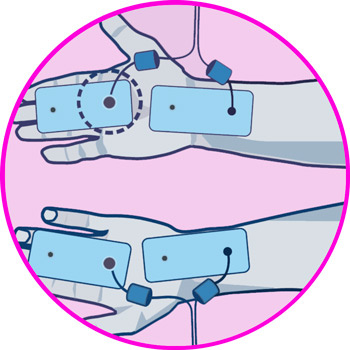
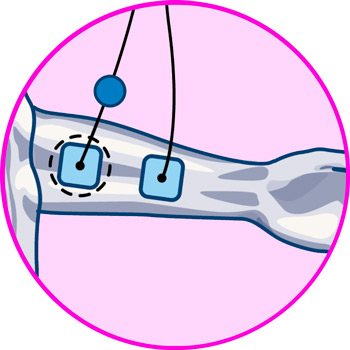

- For carpal tunnel syndrome: Carpal tunnel syndrome is one of the most common ailments in the wrist area, and it is necessary to position the electrodes in the right place to treat it optimally. To do this, the first electrode will be positioned in the lower area of the palm of the hand, while the second electrode should be placed on the back of the forearm, slightly above the wrist joint as you will see in the following image.
- For sprained wrist: A sprained wrist can cause pain both on the anterior and posterior side, as well as on the lateral sides of the joint. However, being such a small area, it is possible to relieve pain in any part of it with a single way of placing the electrodes as you will see below.
- By ganglion: These protuberances can be quite problematic for the mobility of the wrist, and generate a lot of pain when they press on the radial nerve. In this case we can alleviate such pain by placing the pads as follows.
- For the brachioradialis: The first of them is the brachioradialis muscle, in which case, the pad will be positioned on the muscle belly, just to one side of the second electrode, which will be placed on the anterior palmar muus, causing uniform contractions in the upper area of the forearm, which provides stability to the elbow.
- For the flexors: The deep flexor muscle of the fingers is responsible for regulating grip strength, and to train it, you should position the electrodes in the middle area of the anterior aspect of the forearm.
More types of EMS stimulators and TENS machines you should know about
Most common types of hand and wrist injuries
The extensive use of the wrists on a daily basis makes them vulnerable to a wide variety of injuries, which can occur from a variety of causes ranging from high-impact work to long-term awkward positions.
This causes wrist injuries to be very common in a large part of the population, and the most commonly seen are the following:
- Carpal tunnel syndrome: is a condition caused by pressure on the median nerve in the wrist, which can cause reduced grip strength, numbness in the thumb and palm, and sharp pain that can extend to the elbow. It is usually caused by fractures or injuries that cause pressure on the nerve.
- Tendonitis is a very common ailment that can cause discomfort in the hands and wrists. Lack of attention to this condition can cause inflammation, difficulty holding objects, pain and numbness. Its most common cause is overuse caused by excessive repetition of movements in the wrong way.
- Sprains: is an injury to the fibrous tissues of the wrist caused by sprains, trauma or sports-related injuries. It can cause swelling, bruising, pain and tenderness in the hand and wrist.
- Gout: is a form of arthritis caused by excess uric acid in the body, which accumulates in localized deposits in the joints, causing pain, tenderness, swelling and redness.
- Ganglion cyst: is the formation of a very common non-cancerous nodule that is believed to occur when the tissue surrounding a joint gets out of place. The cyst itself is painless, but compresses a nerve and may cause swelling, pain, tingling or muscle weakness.
Differences between TENS and EMS: Which one to use for hand pain?
Electrostimulation therapies are widely used to deal with the symptoms of chronic ailments and physiotherapeutic rehabilitation. However, in order to apply these techniques correctly, it is necessary to have clearly defined each one of them.
Transcutaneous electrical nerve stimulation, or TENS for short, is a pain treatment technique that uses electrical shocks of varying intensity, between 1 and 250 Hz, which suppress the nerve endings responsible for the sensation of pain. It is a therapy completely focused on treating symptoms, not causes.
Electrical muscle stimulation, or EMS, is a muscle training technique used in physical therapy settings for recovery and physical conditioning for athletes. It uses high intensity electrical impulses (between 70 and 150 Hz) to generate contractions in isolated muscles or muscle groups in order to increase their mass, strength and elasticity.
For ailments focused on hands and wrists, the optimal option is to focus on transcutaneous electrical nerve stimulation therapy TENS, since it is the option that works on the pain receptors in this area, in addition to having a more beneficial effect as it is a region made up of bones, ligaments and cartilage.
For this reason, the use of muscle electrostimulation is not indicated, since it is a form of muscle rehabilitation, it does not have a surface to work on, thanks to the lack of muscle tissue in the wrist. This therapy is recommended for areas with abundant muscle tissue, in addition to the fact that the contractions caused by EMS devices can cause pain when treating certain injuries.











